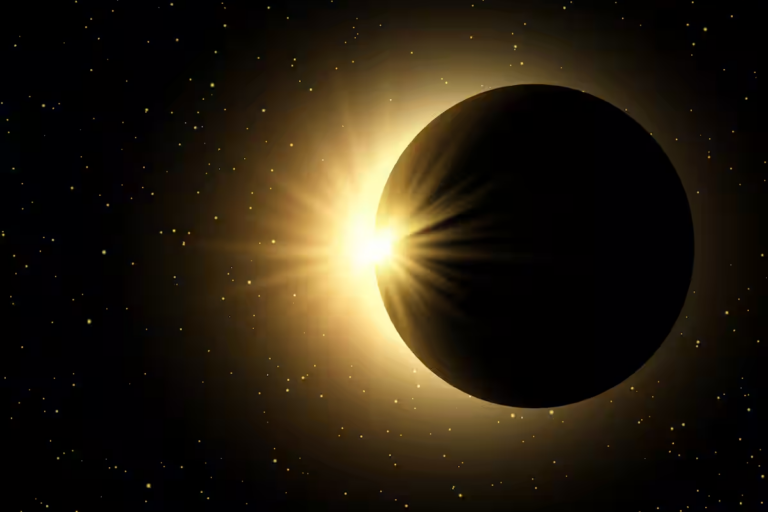Holi, also known as the Festival of Colors, is a vibrant and joyous Hindu festival celebrated primarily in India and Nepal, as well as in other parts of South Asia and around the world. It usually falls in the month of March, marking the arrival of spring and the end of winter.
Holi 2024 Date: When is Holi and its shubh muhurat?
This year, Holi falls on Monday, March 25, and Holika Dahan falls on March 24. As indicated by Drik Panchang, the promising timings are as per the following:
Purnima Tithi Starts – 09:54 AM on March 24, 2024
Purnima Tithi Closures – 12:29 PM on March 25, 2024
History and Mythological Significance:
Holi has its roots in Hindu mythology and various legends associated with it. One of the most famous stories is that of Prahlada and Holika, which symbolizes the victory of good over evil. Prahlada, a devout follower of Lord Vishnu, was saved from the evil intentions of his father’s sister, Holika, who was immune to fire. However, with the divine intervention of Lord Vishnu, Prahlada emerged unharmed while Holika perished in the flames. This event is commemorated by the ritual of lighting bonfires, known as Holika Dahan, the night before Holi.
Another legend associated with Holi is the love story of Radha and Krishna. According to mythology, Lord Krishna, the Hindu god of love and compassion, would playfully apply colors on Radha and other gopis (cowherd girls) during the spring season. This tradition evolved into the playful splashing of colored powders and water during the modern-day celebration of Holi.
Celebrations:
Holi is celebrated with great enthusiasm and fervor by people of all ages. The festivities typically begin the night before with Holika Dahan, where bonfires are lit to symbolize the victory of good over evil. On the day of Holi, people gather in streets and open spaces, armed with colored powders and water-filled balloons, ready to drench each other in vibrant hues.
Music, dance, and traditional sweets add to the festive atmosphere. It’s a time when social barriers are temporarily forgotten, and people come together to celebrate the spirit of unity and love. In some regions, special cultural performances like folk dances, plays, and music concerts are organized to mark the occasion.
Significance:
Apart from its mythological and cultural significance, Holi holds broader meanings. It symbolizes the triumph of good over evil, the arrival of spring and the end of winter, and the rejuvenation of nature. It also fosters a sense of community and togetherness, as people from all March of life come together to celebrate the festival.
Holi transcends religious and cultural boundaries and has become a global celebration of joy, love, and friendship. In recent years, it has gained popularity in various parts of the world, with people of different backgrounds joining in the colorful festivities.
Overall, Holi is not just a festival of colors; it’s a celebration of life itself, spreading happiness and positivity wherever it goes.
Traditions and Celebrations:
- Playing with Colors: The most iconic aspect of Holi is the playful throwing and smearing of colored powders (gulal) and water on friends, family, and even strangers. This tradition symbolizes the breaking of barriers and spreading love and joy.
- Sweets and Feasting: Traditional sweets like gujiya, malpua, and thandai are prepared and shared among family and friends. Feasting is an integral part of Holi celebrations.
- Music and Dance: Holi is incomplete without music, dance, and revelry. People gather to sing traditional folk songs (Holi songs or “Holi ke geet”) and dance to the beats of drums (dholak).
- Holika Dahan: On the eve of Holi, communities gather to light bonfires to symbolize the victory of good over evil and the triumph of light over darkness.
Overall, Holi is a festival that embodies the spirit of joy, love, and togetherness, bringing people closer and spreading happiness wherever it is celebrated.


































+ There are no comments
Add yours